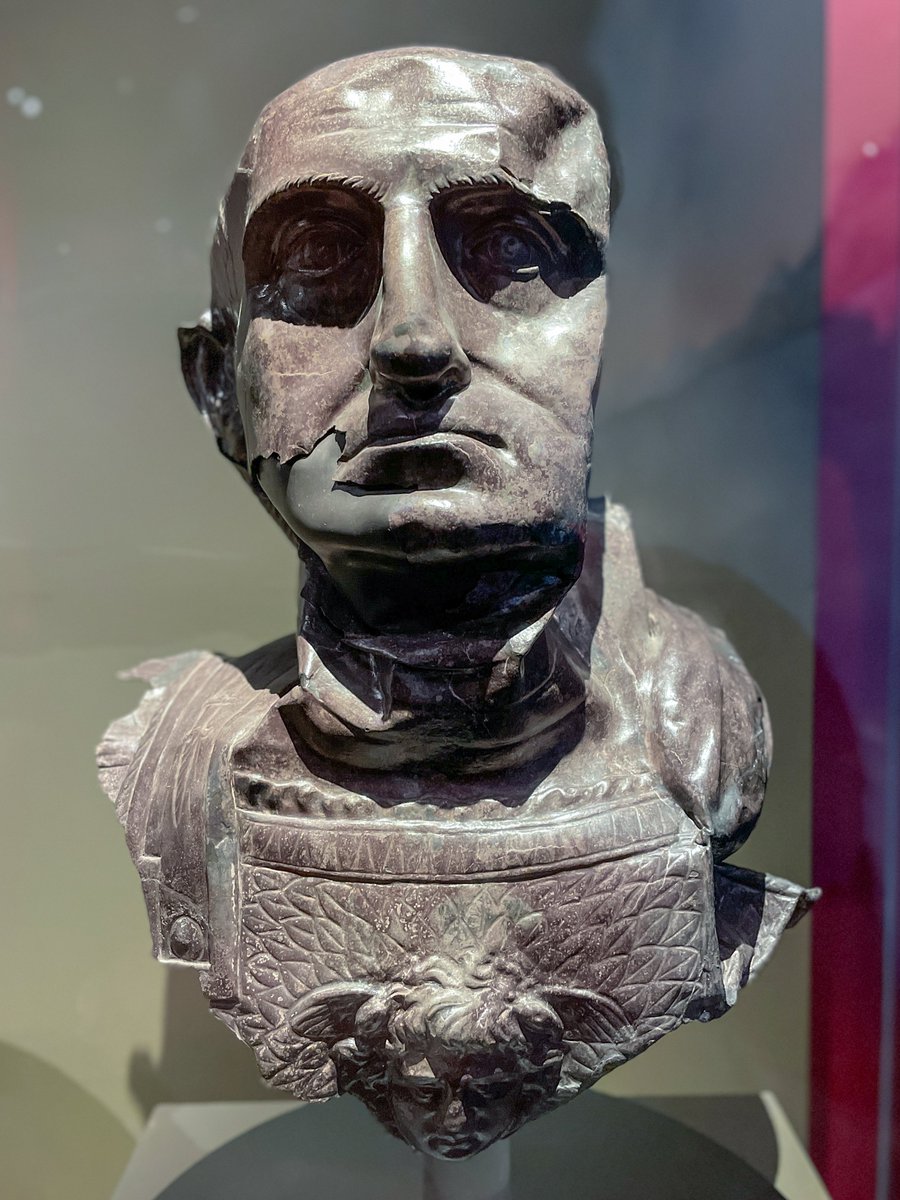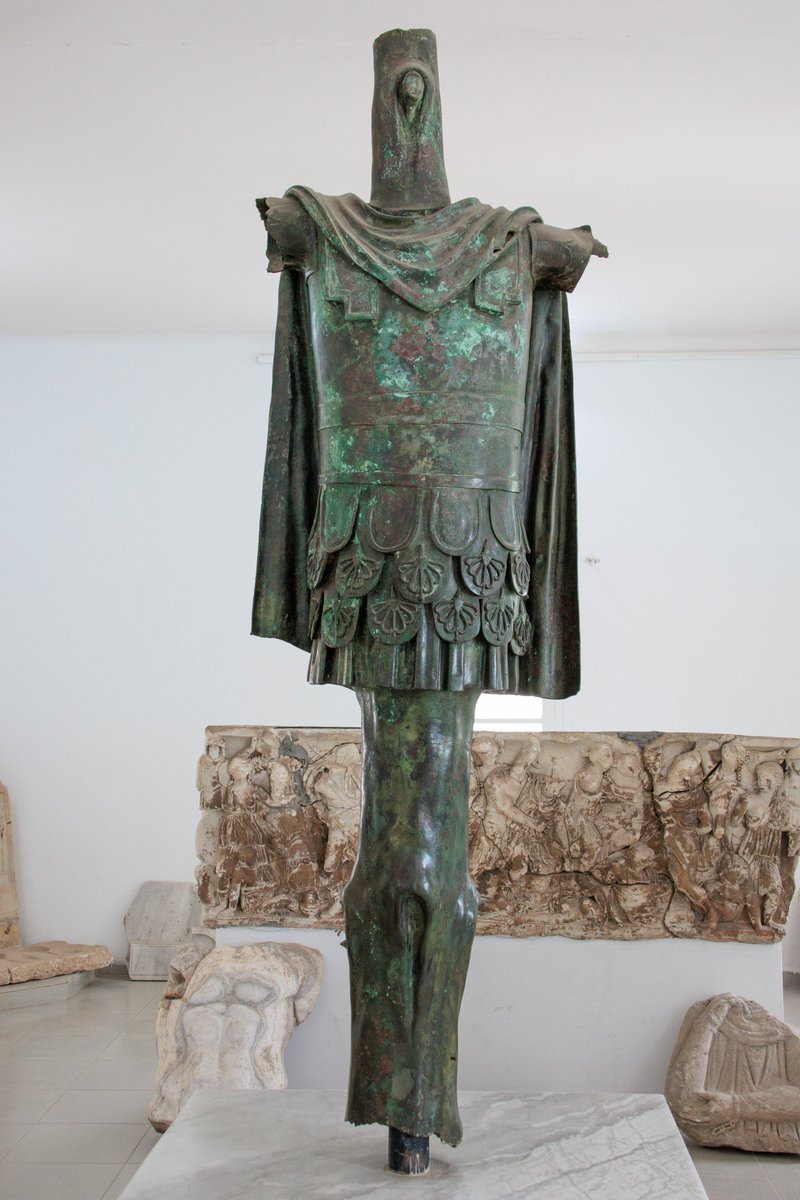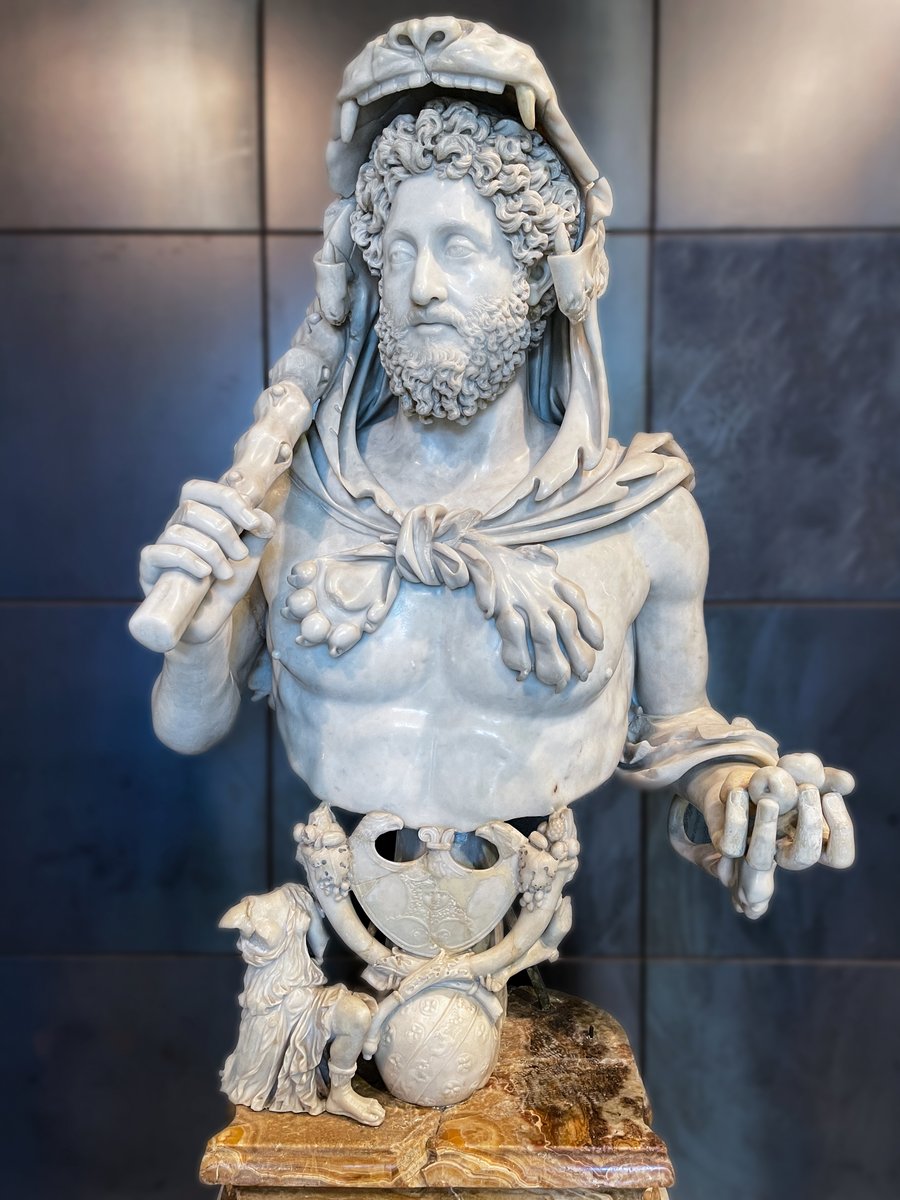1) The remains of this 35-year-old man from the 1st-2nd century tell a pitiful tale of disability in the ancient world, yet also serve as a powerful reminder of the resilience of the human spirit. When his skeleton was found near Ostia in 2008, experts were astounded to see.. 

2) ..the unfortunate man suffered from a completely fused jaw (emporomandibular joint ankylosis), perhaps from trauma in childhood but most likely a congenital condition which made it impossible for him to open his mouth through his life. Incredibly, a closer look reveals that.. 

3) ..several of his front teeth have been removed and a hole drilled through his mouth to allow feeding, likely only eating liquid food his entire life. Nevertheless, bone analysis has shown his diet was rich and well-balanced. Other skeletal damage shows he worked in.. 

4)..demanding physical labour for many years, almost certainly as a salt-pan worker on the nearby salt pans of Ostia. He may challenge prevailing views that the disabled would have been abandoned in the ancient world; while he would have otherwise certainly died in childhood.. 

5) ..his family or masters showed a particular interest in his survival, intervening to ensure he was well fed and reached adulthood. He was able to perform a strenuous job for many years and reach a relatively good age, and in the end buried as a full member of his community. 

(Skeleton 132, found in grave 13218 in the necropolis of Castel Malnome, dating to the 1st-2nd centuries AD. The excavations found 300 skeletons, most showing high frequencies of stress markers, suggesting they probably worked as manpower in the nearby salt pans of Ostia)
*END*
*END*
• • •
Missing some Tweet in this thread? You can try to
force a refresh






















